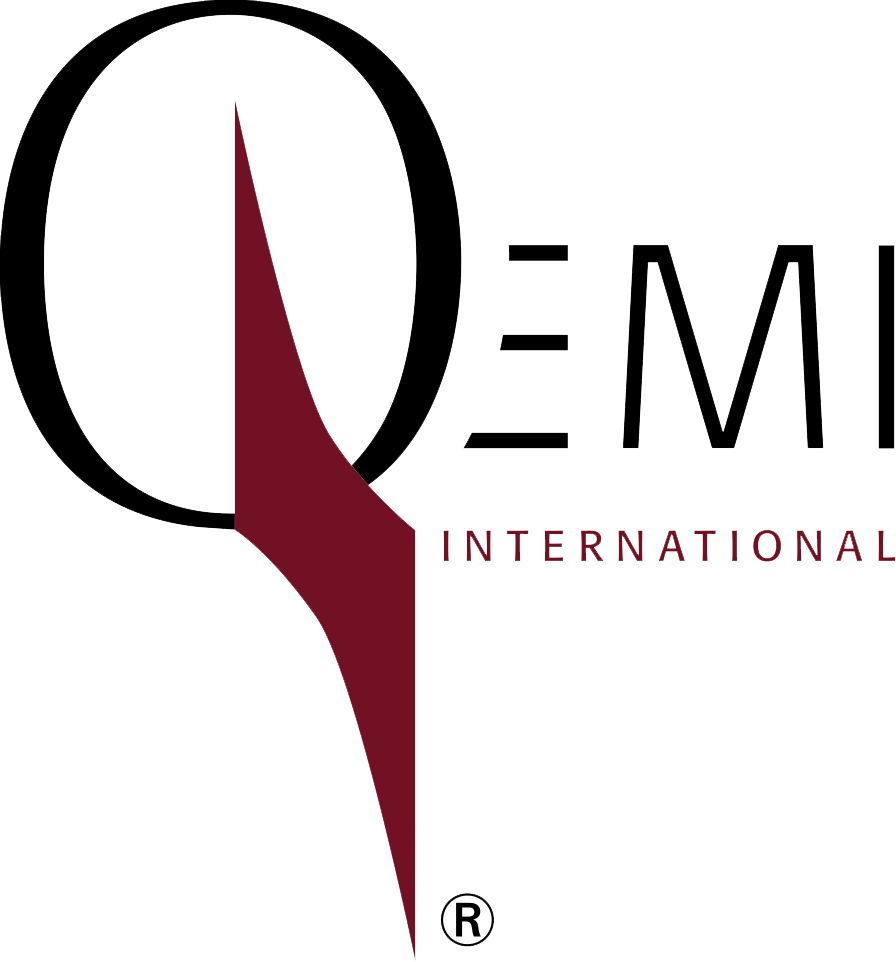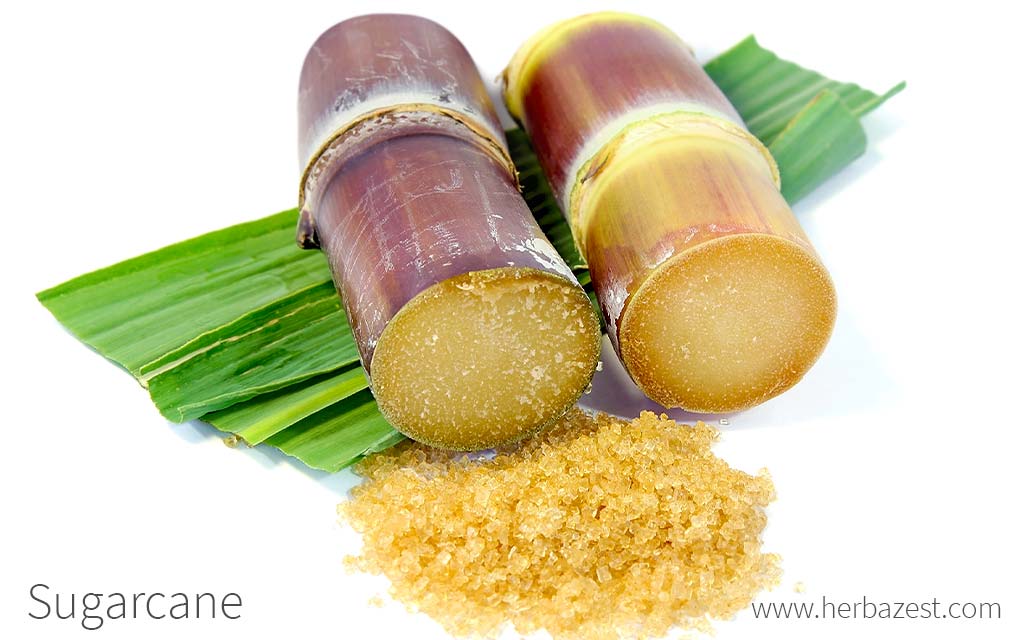Exactly How Walking Cane Sugar Handling Chemicals Improve Sugar Quality and Return
The duty of handling chemicals in walking cane sugar production is critical, as they directly influence both the high quality and yield of the end product. By utilizing materials such as lime and phosphoric acid, manufacturers can efficiently eliminate pollutants and improve extraction effectiveness. The unification of turned on carbon and enzymes serves to maximize the breakdown of complicated sugars, inevitably leading to a purer and higher-quality sugar. However, the complexities of how these chemicals communicate within the handling setting raising concerns concerning their long-lasting ramifications and potential improvements in the industry.
Review of Walking Cane Sugar Handling
Cane sugar handling includes a series of important steps that change raw sugarcane into refined sugar items. The process begins with harvesting, where fully grown sugarcane stalks are cut and moved to processing centers. Upon arrival, the cane undertakes washing to get rid of impurities such as soil and plant products.
Following washing, the walking cane is crushed to draw out the juice, which has sucrose - sugar and cane. This juice undergoes information, where lime and warmth are used to eliminate continuing to be impurities and non-sugar elements. The made clear juice is after that evaporated to concentrate the sugar web content, leading to the formation of thick syrup
Next, the syrup is taken shape through a controlled air conditioning process, resulting in sugar crystals. To achieve polished sugar, further filtration actions are applied, including washing, re-crystallization, and drying out.
The last item is either packaged as raw sugar or even more refined into white sugar, satisfying different customer and commercial needs. This thorough collection of actions makes sure the production of high-quality sugar, vital for numerous applications in food and drink sectors.
Trick Processing Chemicals Used
The manufacturing of polished walking cane sugar depends on different handling chemicals that play significant functions at different phases. Amongst the most important are lime (calcium hydroxide), phosphoric acid, and sulfur dioxide. Lime is mostly utilized during the information stage to reduce the effects of acidity and speed up contaminations, causing a more clear juice. This action is crucial for improving the total quality of the removed juice.
Phosphoric acid offers a dual objective; it improves the clarification procedure and helps in the elimination of color-forming compounds, adding to a greater pureness of the end product. In addition, sulfur dioxide works as a lightening agent, permitting the effective removal of unwanted pigments and improving the color of the sugar.
Various other noteworthy chemicals consist of activated carbon, which is used for further decolorization, and enzymes that assist in the break down of intricate sugars into easier forms, therefore boosting yield. The mindful selection and application of these processing chemicals are crucial for enhancing the efficiency of sugar extraction and refining procedures, ultimately bring about a more regular and better sugar item.

Effect On Sugar Quality
Exactly how do handling chemicals site here influence the special info high quality of polished sugar? The introduction of different chemicals in the walking cane sugar processing phase dramatically enhances the pureness and total top quality of the end product. Trick agents, such as phosphoric acid and calcium hydroxide, help with the information procedure, effectively eliminating pollutants and colorants that can adversely influence sugar's look and preference. By neutralizing unwanted components, these chemicals help achieve a higher degree of decolorization, resulting in a more visually attractive and marketable product.
Additionally, using triggered carbon and ion-exchange materials during the refining procedure plays a crucial duty in eliminating off-flavors and unfavorable odors, adding to the sugar's sensory profile. This refinement not just elevates the organoleptic and aesthetic top qualities yet additionally enhances the life span by decreasing microbial task connected with impurities.
Furthermore, the accurate application of these chemicals guarantees that the sugar exhibits a consistent grain dimension and flowability, which are essential features for both commercial applications and consumer preferences. Overall, the strategic use handling chemicals is essential in achieving high-quality polished sugar that meets sector requirements and customer assumptions.

Enhancing Yield Performance
Enhancing return efficiency in walking stick sugar handling involves optimizing different stages of manufacturing to maximize the amount of sugar drawn out from raw cane. One critical facet is the selection and application of proper processing chemicals, which can help with the breakdown of cell walls and improve sugar launch throughout removal. Chemicals such as acids and enzymes play an essential duty in this procedure by hydrolyzing polysaccharides and liquifying impurities, thereby improving the overall extraction efficiency.
Regular surveillance and adjustment of handling specifications are essential to keep effectiveness throughout production (sugar and cane). By using these methods, sugar manufacturers can not only increase the quantity of sugar gotten however also reduce waste and reduced manufacturing costs, adding to a much more sustainable and successful sugar processing procedure
Advantages for Consumers and manufacturers
Walking cane sugar processing chemicals provide considerable benefits for both consumers and producers, producing a more lasting and reliable sector. For producers, these chemicals improve removal procedures, bring about higher yields and improved sugar high quality. By enhancing the filtration and formation phases, they reduce waste and boost total performance, which can significantly lower production expenses. This performance allows producers to stay competitive in a worldwide market defined by rising and fall rates and need.
The improved quality of sugar translates to much better preference and consistency in food items. Furthermore, the use of processing chemicals can lead to a more stable supply of sugar, reducing scarcities and rate spikes that can occur due to environmental variables or market changes.
Verdict

The function of processing chemicals in cane sugar production is pivotal, as they straight influence both the quality and return of the final product (sugar and cane). The incorporation of turned on carbon and enzymes serves to maximize the malfunction of complex sugars, inevitably leading to a purer and higher-quality sugar.Cane sugar handling includes a collection of vital steps that transform raw sugarcane into refined sugar items.Enhancing yield performance in walking stick sugar processing includes optimizing numerous stages of manufacturing to maximize the amount of sugar removed from raw walking stick.Walking cane sugar processing chemicals play a crucial function in boosting both sugar high quality and return